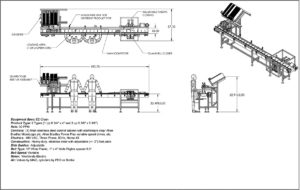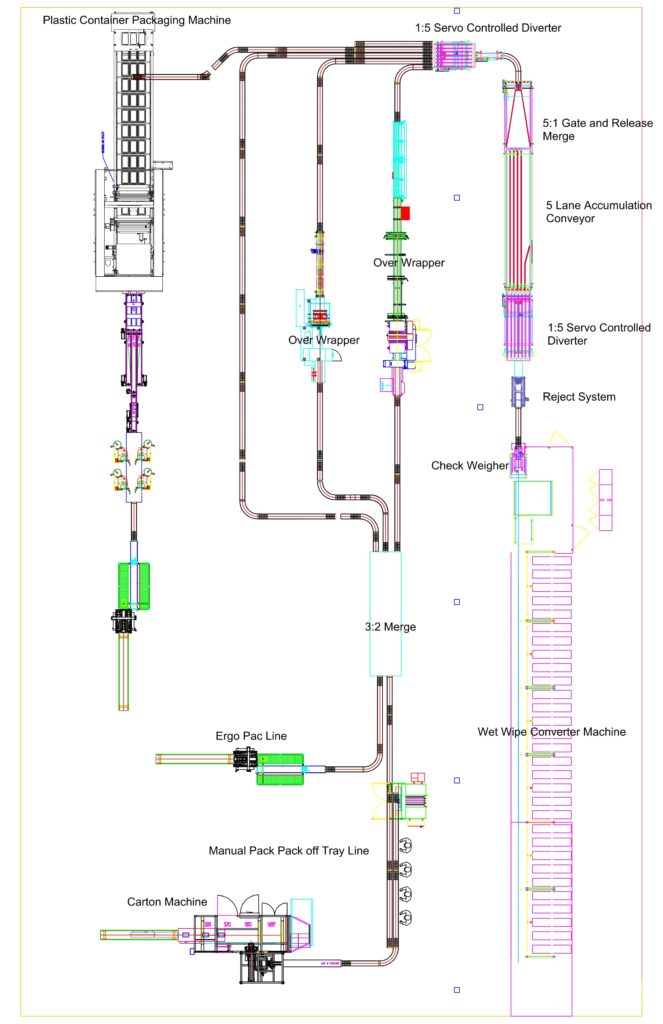Here at Wrabacon, we have a knack for creative automation. Why? Because it makes a difference. Ever since the Roman period, automation has been used to make all kinds of tasks easier. After all, you’ve probably heard the saying, “Work smarter, not harder” haven’t you? That saying could very well be at the heart of automation. Since then, the science has become a central part of the industrial and manufacturing worlds. But before we can get into the incredible possibilities of modern pick and place systems and what makes them successful, it might help to take a look back at where it all began.
Consider for a moment the industrial revolution. One of the most important industries during this time, the textile industry, experienced unprecedented growth that changed the world in a number of ways – all due to automation equipment like the spinning jenny and the Spinning Mule. These inventions, while primitive by today’s standards, were used to spin cotton and other fibers into yarn. You might be wondering, “What does that have to do with a pick and place system?” But consider it this way: In terms of innovation, this was the cutting edge. A machine was being used to produce a new product. To, “place” one component into another. In the very same way, modern pick and place systems are used to more effectively produce all kinds of products, from food to electronics. While 19th century automation systems were “placing” one product into another to create yarn, modern pick and place systems go so far as placing surface mount devices onto printed circuit board. They might be different products, but the same principle is at play.
So what made textile automation successful so many years ago, and what makes a successful pick and place system possible today? First, it has to be efficient. Looking back, coming up with a groundbreaking automation system during the industrial revolution might seem relatively simple by today’s standards. However, automation systems for manufacturing electronic components, for example, are a bit more complex. Efficiency relies on every aspect of the production line working together to be faster, more reliable, and more productive. In order for that to happen, you must understand your feeder requirement and your speed and capacity requirements. On top of that, it’s important to remember that a pick and place system shouldn’t be designed for just the present. It should be designed for the future as well. This is one major difference between the earliest automation equipment and the advanced systems used today.
On another level, a successful pick and place system also needs to be versatile. While this might have been impossible for early automation systems, any advanced pick and place system will be able to accommodate for changes in production, product, component size, and more. This might involve modular design to introduce new automation components, such as tray feeders, stackers, and vision systems. When it comes down to it, just about anything is possible these days.
For more on pick and place systems, take a look at the pick and place systems page on our main site. Or just give us a call!

